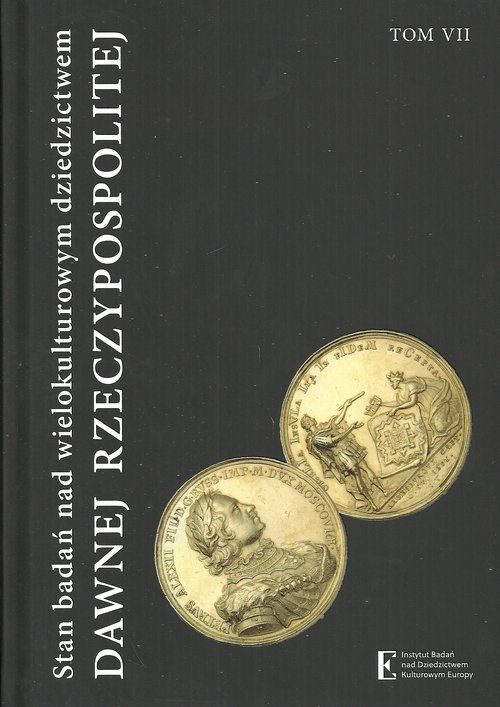PIERWSI JEZUICI W MALBORKU JAKO REPREZENTANCI MULTIETNICZNEGO SPOŁECZEŃSTWA RZECZPOSPOLITEJ OBOJGA NARODÓW
The first Jesuits in Malbork as the Representatives of the Multi-ethnic Community of the Polish-Lithuanian Commonwealth
Author(s): Rafał Panfil
Subject(s): History
Published by: Instytut Badań nad Dziedzictwem Kulturowym Europy
Summary/Abstract: Jesuits worked at the seat in Malbork in the years 1618–1780. In 1652, kingJohn Casimir granted them a St. Mary’s Castle Church, which – according tothe Malbork Jesuits Chronicle – they finally held since 1666 at the consent ofthe Bishop of Chełmno and the Vice-Chancellor Andrzej Olszewski. Since then,there was a period of stabilization connected with Jesuits settling for good insidethe Malbork stronghold and more than a century of almost undisturbeddevelopment of the seat. The aim of the article is to analyze fragments of biographiesof some Malbork Jesuits from the initial period of functioning of theorder’s mission (1618–1666), to determine their cultural and ethnic diversity,to identify their places of origin and their activity before and after the stay inMalbork, as well as connections with the regions and circles they originatedfrom and worked in. The two main regions where the Jesuits working in theMalbork residence came from were the Royal Prussia and Greater Poland, aswell as south-eastern provinces of the Polish-Lithuanian Commonwealth, i.e.,Lesser Poland and Ruthenia. People from Prussia and Greater Poland knewbetter the local reality, and apart from the Polish Language, they also spokeGerman. Some of them even came from German families. Jesuits from thesouth had extensive experience in the missionary work, in some cases acquiredat the south-east Borderlands in extreme conditions, which definitely helpedthem as they got to the Royal Prussia. They served as Polish preachers in theMalbork residence, whereas Prussians and Germans, as German preachers.Thus, the Malbork Jesuits were a multicultural and multi-ethnic mixture ofnative residents of the Royal Prussia, Greater Poland, Lesser Poland, Ruthenia,and Mazovia.
Book: Stan badań nad wielokulturowym dziedzictwem dawnej Rzeczypospolitej
- Page Range: 31-84
- Page Count: 53
- Publication Year: 2017
- Language: Polish
- Content File-PDF

